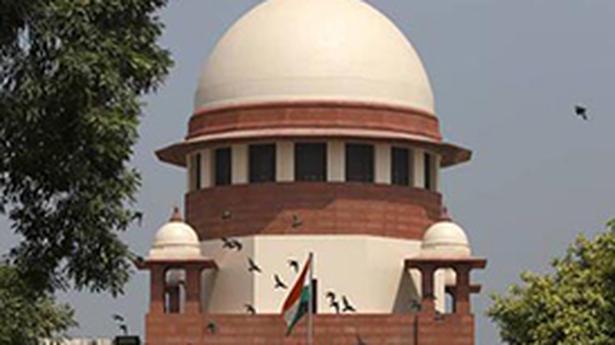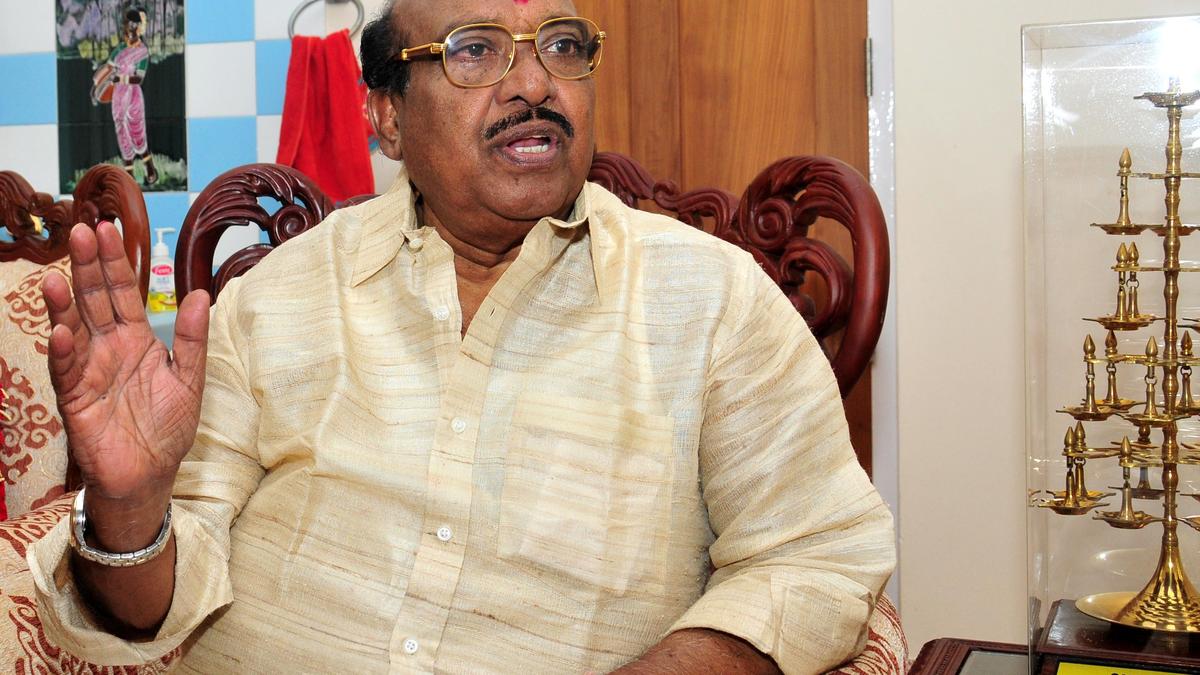Multiple factors followed by extensive reconnaissance and bathymetric surveys helped the Tamil Nadu government finalise the site for the construction of the proposed monument in the Bay of Bengal for late DMK leader and former Chief Minister M. Karunanidhi.
After the decision was made at the highest level last year, many closed-door meetings by officials, spanning several weeks, gave shape to the idea. The Tamil Development and Information (Memorials) Department granted its administrative sanction for the proposal.
Soon after, the Public Works Department (PWD) was directed to prepare the components of the project. The PWD, in turn, tasked the Institute of Remote Sensing (IRS) at Anna University to identify the location within the coordinates it suggested and prepare the local area CRZ map.
The IRS analysed the geomorphic characteristics of the coastal zone with the use of satellite imagery.
Following a bathymetry survey, it was realised that the minimum depth required for constructing the monument was 6 metres from the high-tide line to the seabed, which could be achieved only at 360 metres from the low-tide line of the sea. It means the depth of the sea at which the monument would be located is six metres.
Three sites along the Marina beach coast were considered — one was closer to the Cooum river mouth, another was close to the complex housing the memorials of four former Chief Ministers and the other was close to Loop Road.
While the first site was rejected because of its proximity to the Cooum river mouth and heavy siltation, the third site was rejected on the ground that it was close to the nesting sites of olive ridley turtles and the lighthouse.
Disturbance to ecological factors, proximity to the existing memorials, possible traffic congestion, movement of members of the public and tourists, navigational impact and possible disturbances to non-ecological factors, such as the lighthouse, were among the major criteria against which the three sites were graded.
In June, the PWD placed it for the consideration of the Chennai District Coastal Zone Management Authority, which granted its approval with certain conditions.
The following month, the State-level authority recommended the project to the Union Ministry of Environment, Forests and Climate Change and forwarded the application seeking terms of reference.
In July, the PWD sent a proposal to the Environment Impact Assessment Authority under the Union Ministry, which sought some essential documents necessary for the project by August. The PWD has submitted them.
If procedures are followed as per the plan, the construction is likely to start in May next year and the monument is expected to be established by October 2025.






